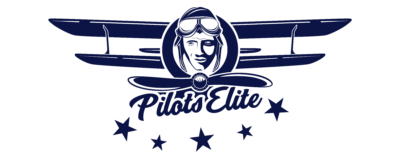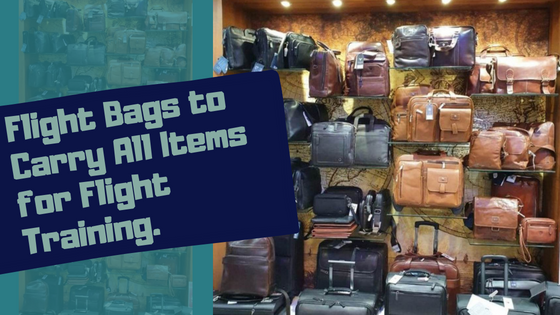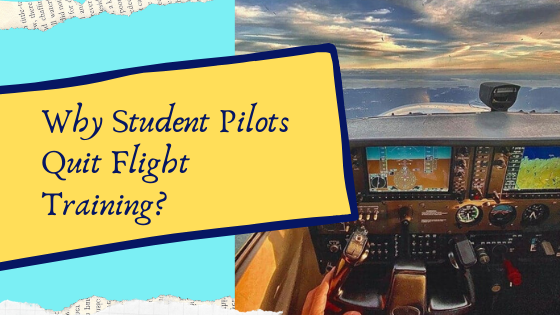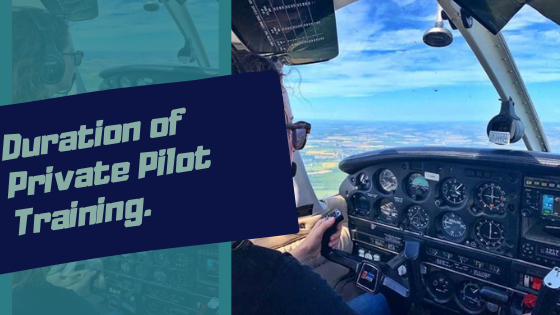Student Pilot Solo Limitations to gradually build experience.
A student pilot should know his limitations for operating a flight without a flight instructor.
You got your first solo flight doesn’t mean you can operate solo flights at any condition.
The limitations are as follows:
- Don’t take off at night without an endorsement from your flight instructor. You will get an endorsement once you receive proper training for night flight;
- It would be best if you did not carry passengers until you get your private pilot license;
- You can’t fly farther than 25 nautical miles from your base airport without endorsement;
- Must not fly for compensation or hire;
- Don’t operate flights if the visibility is less than three statute miles or in Marginal Visual Flight Rules (MVFR) conditions;
- Lastly, don’t attempt to fly international routes even if it is close to your base airport.
Solo flight limitations refer to the restrictions applied when a student pilot is authorized to fly an aircraft alone, without an instructor or another qualified pilot.
These limitations are implemented to ensure the student pilot’s safety during this critical training phase. Here are some common solo flight limitations:
Who is the Pilot in Command (PIC) during a solo flight?
During a solo flight, the student pilot is the PIC of the aircraft. The concept of solo flight is based on the student pilot’s ability to operate the aircraft safely and responsibly without the presence or assistance of an instructor or another qualified pilot.
When a certified flight instructor endorses a student pilot to fly solo, they assume the role of the PIC.
This means they are responsible for safely operating the aircraft during the solo flight.
They make decisions related to flight planning, navigation, communication with air traffic control (if applicable), and the overall safety of the flight.
A student pilot must abide by the following limitations to ensure safety:
Aircraft type and category restrictions:
Solo flight limitations may specify the type or category of aircraft that a student pilot is authorized to fly alone.
This restriction ensures that the student pilot has received appropriate training and is familiar with the specific aircraft type they can operate solo.
Operational restrictions:
The student pilot might be restricted to flying within a defined area or specific airspace during solo flights.
This limitation helps to ensure that the student pilot remains in a familiar and controlled environment where they have practiced their maneuvers and are comfortable navigating.
A prohibition from carrying passengers:
During solo flights, student pilots are generally not permitted to carry passengers. The focus is on developing their skills and judgment as a pilot without the added responsibility of passenger safety.
Weather minimums:
Student pilots might have specific weather minimums imposed on their solo flights.
These limitations define acceptable weather conditions for solo operations, such as visibility, cloud ceilings, and wind speed.
The purpose is to ensure that the student pilot flies in situations suitable for their training and experience.
Solo cross-country flights: How far can a student pilot fly solo?
The FAA regulations limit the distance to 25 nautical miles for a student pilot flying solo, especially during the early stages of training.
Initially, solo flights are often limited to the local practice area or the immediate vicinity of the departure airport.
As the student pilot gains experience and complete cross-country training, they might be authorized to conduct solo cross-country flights within specified limits.
Note: The specific weather and airspace limitations for solo flights will vary depending on the jurisdiction and the type of aircraft you are operating. Always consult the applicable aviation regulations and local authorities, and seek guidance from experienced pilots or flight instructors to ensure compliance and safety.
Can a student pilot fly solo at night?
The ability of a student pilot to fly solo at night can vary depending on the regulations and training requirements the aviation authority of the specific country establishes.
In some countries, student pilots can fly solo at night; in others, night solo flights might be restricted to more experienced pilots.
It is essential to consult the aviation regulations and guidelines of your country or plan to fly in to determine the specific requirements.
The student pilot must have received specific training and endorsements from a certified flight instructor.
For example, the Federal Aviation Administration (FAA) allows student pilots to fly solo at night under certain conditions in the United States. Those are:
- Minimum Age: The student pilot must be at least 17 years old.
- Endorsement: The flight instructor must endorse the student pilot’s logbook, certifying their proficiency and authorizing them to conduct solo flights at night.
How long is a student pilot solo endorsement good for?
The duration of a student pilot solo endorsement can vary depending on the regulations and requirements of the specific aviation authority overseeing flight training in your country.
However, in most cases, the solo endorsement for a student pilot does not have an expiration date.
Once a flight instructor endorses a student pilot’s logbook, certifying their readiness and proficiency to fly solo, that endorsement typically remains valid until the student pilot completes their Private Pilot License (PPL) or achieves the next level of certification.
Conclusion:
It is essential for student pilots to thoroughly understand and adhere to the solo flight limitations set by their flight instructor, training program, or aviation authority.
These limitations are designed to enhance safety and gradually build the student pilot’s skills and confidence as they progress toward earning their private pilot license.
A solo flight is a crucial stage in a student pilot’s journey, offering invaluable learning experiences and preparing them for future aviation endeavors.
It nurtures their confidence, decision-making skills, and airmanship while reinforcing the knowledge and skills acquired throughout their training program.



